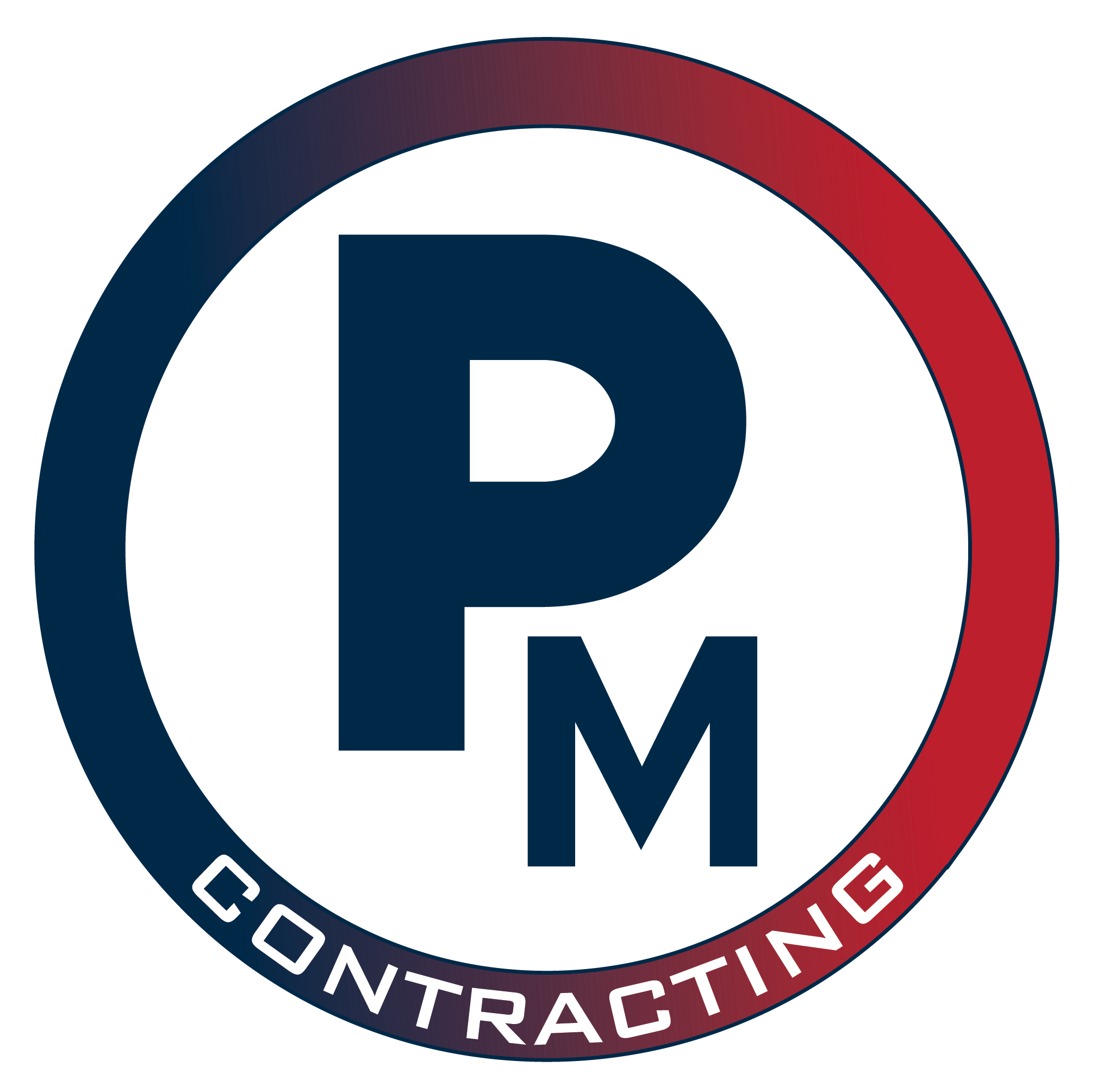Retro-Commissioning of HVAC Equipment
A Letter from Paul:
Retro-Commissioning of HVAC Equipment
Definition of Retroactive: Extending in scope or effect to a prior time or to conditions that existed or originated in the past.
One of the new buzzwords in the HVAC industry is retro-commissioning. This has turned out to be a valuable tool to use in determining whether existing equipment is performing as intended according to its original design. You might be surprised by how many systems were not properly commissioned to begin with and do not function as designed.
In a perfect world, engineers design systems that will work, contractors install what the engineers design and startup technicians start the systems. All parts and pieces work perfectly as designed on paper. NOT!
In the real world, engineers miss something on the plans, contractors don’t notice the errors and the startup technicians who were still celebrating the Chiefs’ victory from the night before gloss over the plans/specs and miss important details. On top of that, there is no oversight or accountability from ownership or the A/E team to confirm that all the specified equipment features were included, installed and working.
A good example is what used to be a simple packaged rooftop unit – gas heat 2- stage, electric cooling 2-stage. Over the past few years, a myriad of features has been added to this equipment. Manufacturers keep adding options in hopes that engineers will specify them, and competitors won’t have them so they can demand a premium for the product. When a product is “featured up” it’s called adding “bells and whistles”.
For our packaged rooftop unit example, this could be items such as DCV (demandcontrolled ventilation), ERV (energy recovery ventilation), hot gas reheat (both staged or modulating), economizers (both with enthalpy or dry bulb control), variable speed compressors, ECM condenser fan motors, bipolar ionization, single zone VFD controlled fan motors, Rawal hot gas bypass, and the list goes on and on (eyes start to glaze over). So, the more typical scenario is that these features get added to equipment, and it may or may not work during startup, and then 10 years later we wonder why the building is sick. Retro-commissioning will not fix everything, but its intent is to reexamine the equipment and fix items to bring it back to its original design goal. This is a very organized process that can be completed by taking 6 steps:
1. Meet with the owner to determine key objectives – What do we want to accomplish? Better comfort? More control? Energy savings?
2. Examine, verify and test HVAC system
3. Develop suitable energy plan
4. Perform calibration and repairs – Adjust and make repairs as needed for equipment to function as designed
5. Discuss further improvement opportunities
6. Submit an initial report and recommendations to the owner
The overall goal is to ensure your HVAC equipment functions as it was designed to function. Sometimes the fix is simple like raising the discharge air temperature on a DOAS unit to provide more heating. We recently had a customer wonder why the locker rooms were always cold, and we found that a unit has run for 15 years on a setting that was too low.
Sometimes the fix is more complicated and involves replacing failed parts on the units. In the long run, retro-commissioning will be less expensive than a total system or equipment replacement and will identify deficiencies so owners can make an informed decision…. AND save energy.
Please call one of our project managers for more information on retro-commissioning if you feel this approach is needed for your buildings.
